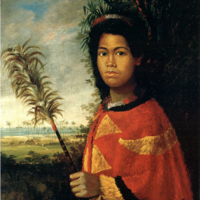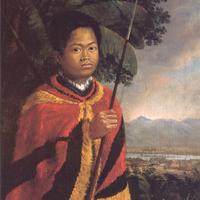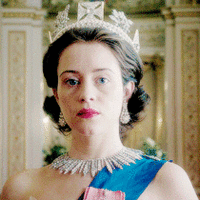More about Robert Dampier
Works by Robert Dampier

Sr. Contributor
It’s all in a day’s work for Robert Dampier.
Born to an ordinary, middle-class family in rural England, Dampier sailed to Rio de Janeiro at age 20 to work as a clerk. In 1824, the British ship HMS Blonde docked in Rio en route to Hawaii with the bodies of King Kamehameha II and Queen Kamamalu, who had died of measles on a state visit to England. Dampier signed on as the ship’s expedition artist serving under Lord Byron (unfortunately, not the sexy Lord Byron who banged half of England, but his more respectable cousin). Several Native Hawaiians also numbered among the expedition, including Kuini Liliha, a gorgeous noblewoman from the royal entourage whom Dampier observed to be an expert surfer.
On the way to Hawaii, the Blonde stopped in Valparaiso, Chile, where Dampier and other expedition members survived an earthquake, and Peru, where they witnessed a battle between Simon Bolivar’s revolutionary army and Spanish royalists. They also collected various species of exotic animals along the way, namely from the Galapagos.
In May of 1825, the Blonde expedition arrived in Honolulu, which they called the “London of the Sandwich Islands.” In the way of social amusement, the city boasted two billiards tables and two casks of madeira, sufficient luxury to convince the snobby Brits that Honolulu was “...now getting quite a civilized place.” Ah, billiards and wine, those great cornerstones of civilization!
While in Hawaii, Dampier sketched and painted portraits of the Ali’i (High Chiefs), most notably the new boy-King Kamehameha III and his sister/lover Princess Nahi’ena’ena. He also sketched geographical points of interest such as waterfalls and craters, and trekked to the erupting Kilauea volcano on the Big Island.
The Blonde delayed her return voyage for a few days to outfit with guns when the crew learned that Spanish pirates were marauding off the California coast. On the way back to England, they missed the pirates, but rescued survivors from the wreck of the Frances Mary. They found the dilapidated vessel drifting with only two women and four men left alive out of 17. They had been stranded for 32 days, and cannibalized the dead to survive. Most horrific of all, one of the women had eaten her own fiancé. Finally, with one Robert Dampier, three iguanas, one llama, two condors, a kangaroo, some Galapagos tortoises, and six cannibals aboard, the Blonde finally set wind for England!
After his strange odyssey, Robert Dampier settled into the mild-mannered life of a country clergyman. He never painted professionally again, but continued to sketch until the end of his life. His most important works remain in Hawaii.
Featured Content
Here is what Wikipedia says about Robert Dampier
Life
Dampier was born in 1799 in the village of Codford St Peter in Wiltshire, England. He was baptised on 20 December 1799. He was one of 13 children of Codford St Peter's rector Reverend John Dampier (1763–1839) and his wife Jane. In 1819, he went to Rio de Janeiro in Brazil as a clerk. In 1825, he was picked up in Rio to be the expedition artist on the English ship HMS Blonde, under the command of Captain George Anson Byron. The ship was returning the bodies of King Kamehameha II and Queen Kamāmalu to the Hawaiian Islands (known by the British as "Sandwich Islands"). Both the king and the queen had died from measles during a visit to England. Robert Dampier spent 11 weeks in Hawaii painting portraits in oil paint and making pencil drawings of landscapes.
After returning to England, he studied law at Cambridge University and was then ordained in the Church of England. He married Sophia Francis Roberts in 1828. In 1837, he became rector of Langton Matravers church.
Around 1843, the couple had a daughter who was named Juliana Sophia. Robert Dampier was widowed in 1864. He remarried in 1872 and had a daughter named Frederika by his second wife. Alongside his duties as a rector he continued to sketch until his death in 1874.
Check out the full Wikipedia article about Robert Dampier
















